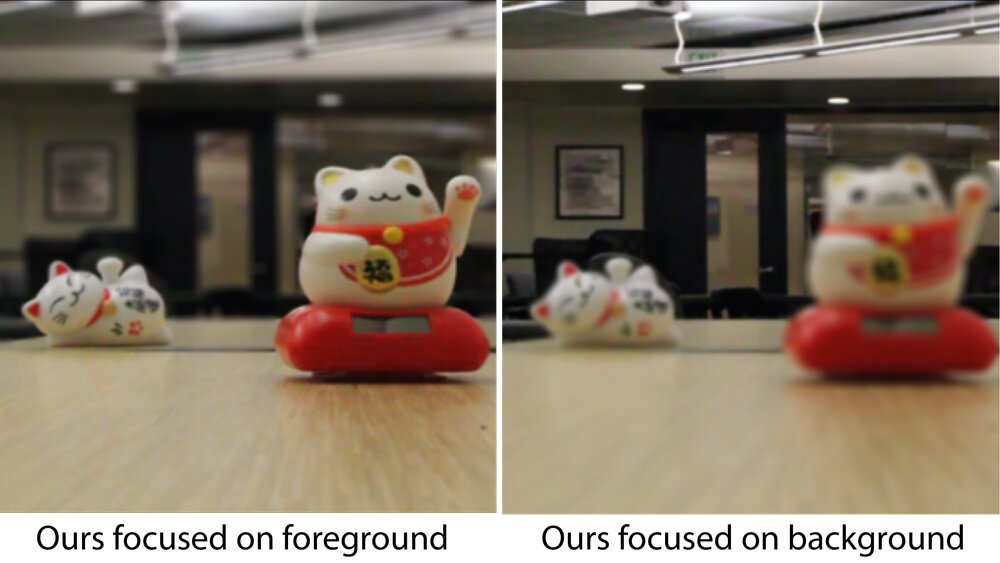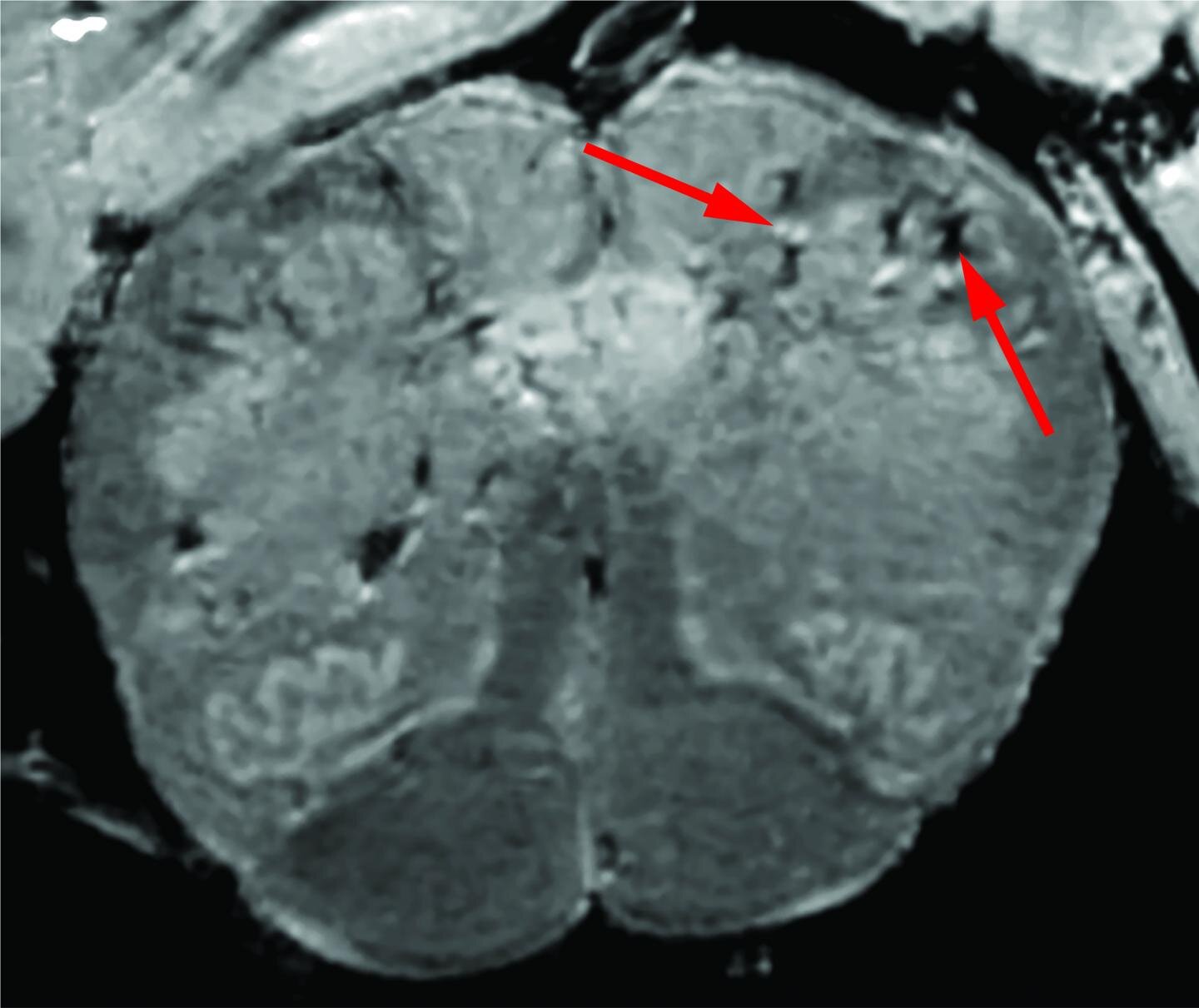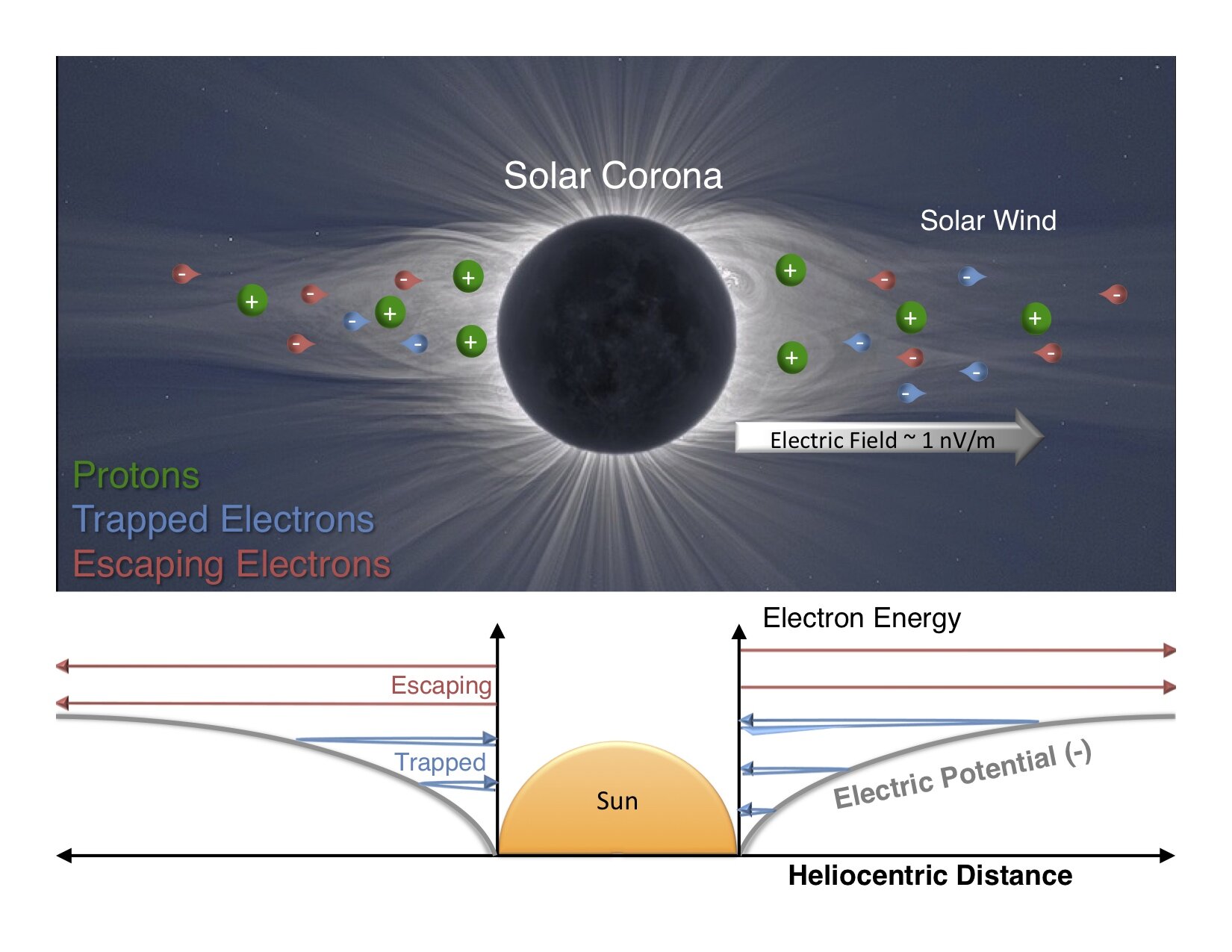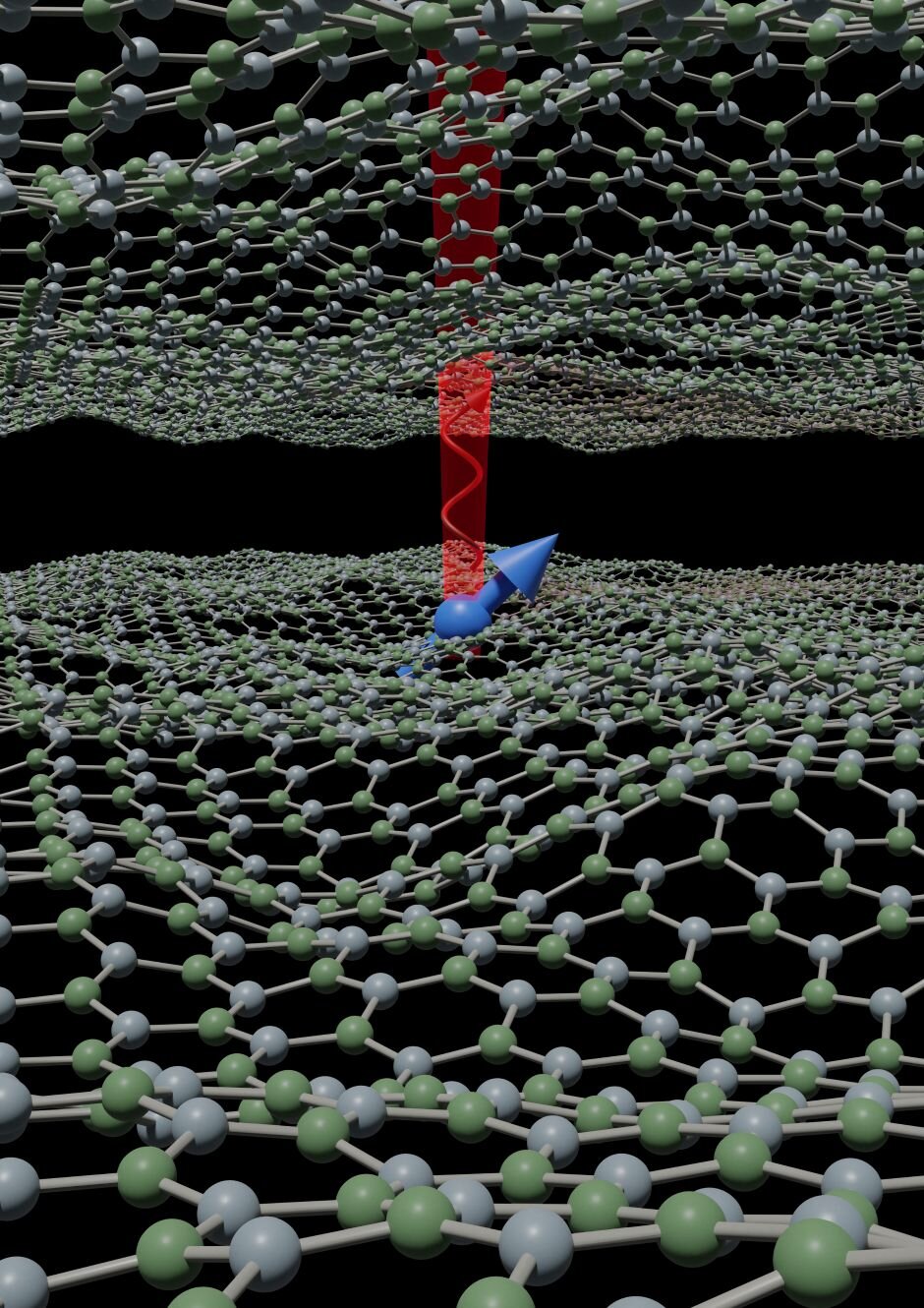#3-D camera earns its stripes

“#3-D camera earns its stripes”
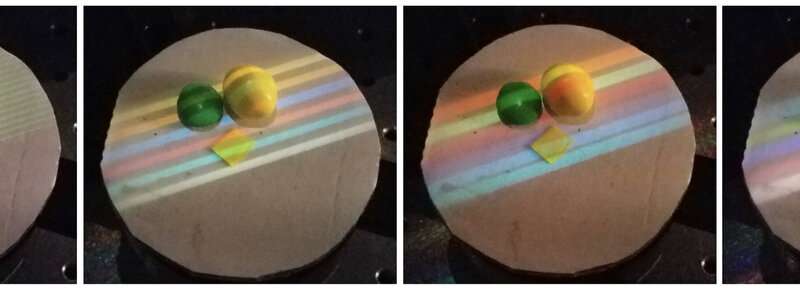
Stripes are in fashion this season at a Rice University lab, where researchers use them to make images that plain cameras could never capture.
Their compact Hyperspectral Stripe Projector (HSP) is a step toward a new method to collect the spatial and spectral information required for self-driving cars, machine vision, crop monitoring, surface wear and corrosion detection and other applications.
“I can envision this technology in the hands of a farmer, or on a drone, to look at a field and see not only the nutrients and water content of plants but also, because of the 3-D aspect, the height of the crops,” said Kevin Kelly, an associate professor of electrical and computer engineering at Rice’s Brown School of Engineering. “Or perhaps it can look at a painting and see the surface colors and texture in detail, but with near-infrared also see underneath to the canvas.”
Kelly’s lab could enable 3-D spectroscopy on the fly with a system that combines the HSP, a monochrome sensor array and sophisticated programming to give users a more complete picture of an object’s shape and composition.
“We’re getting four-dimensional information from an image, three spatial and one spectral, in real time,” Kelly said. “Other people use multiple modulators and thus require bright light sources to accomplish this, but we found we could do it with a light source of normal brightness and some clever optics.”
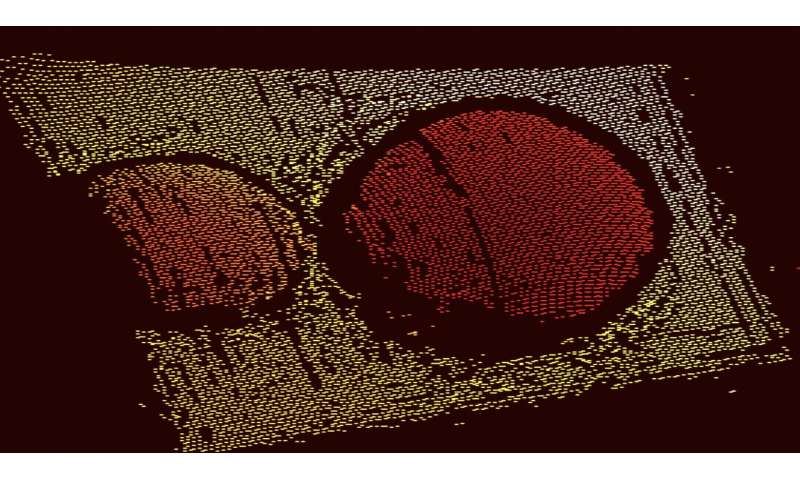
The work by Kelly, lead author and Rice alumna Yibo Xu and graduate student Anthony Giljum is detailed in an open-access paper in Optics Express.
HSP takes a cue from portable 3-D imaging techniques that are already in consumers’ hands—think of face ID systems in smartphones and body trackers in gaming systems—and adds a way to pull broad spectral data from every pixel captured. This compressed data is reconstructed into a 3-D map with spectral information that can incorporate hundreds of colors and be used to reveal not only the shape of an object but also its material composition.
“Regular RGB (red, green, blue) cameras basically give you only three spectral channels,” Xu said. “But a hyperspectral camera gives us spectra in many, many channels. We can capture red at around 700 nanometers and blue at around 400 nanometers, but we can also have bandwidths at every few nanometers or less between. That gives us fine spectral resolution and a fuller understanding of the scene.
“HSP simultaneously encodes the depth and hyperspectral measurements in a very simple and efficient way, allowing the use of a monochrome camera instead of an expensive hyperspectral camera as typically used in similar systems,” said Xu, who earned her doctorate at Rice in 2019 and is now a machine learning and computer vision research engineer at Samsung Research America Inc. She developed both the hardware and reconstruction software as part of her thesis in Kelly’s lab.
HSP uses an off-the-shelf digital micromirror device (DMD) to project patterned stripes that look something like colorful bar codes onto a surface. Sending the white-light projection through a diffraction grating separates the overlapping patterns into colors.
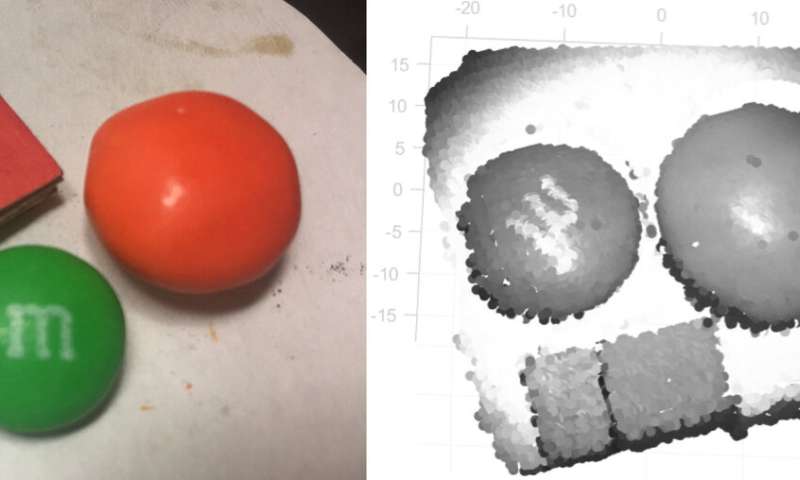
Each color is reflected back to the monochrome camera, which assigns a numerical grey level to that pixel.
Each pixel can have multiple levels, one for every color stripe it reflects. These are recombined into an overall spectral value for that part of the object.
“We use a single DMD and a single grating in HSP,” Xu said. “The novel optical design of folding the light path back to the same diffraction grating and lens is what makes it really compact. The single DMD allows us to keep the light we want and throw away the rest.”
These finely tuned spectra can reach beyond visible light. What they reflect back to the sensor as multiplexed fine-band spectra can be used to identify the material’s chemical composition.
At the same time, distortions in the pattern are reconstructed into 3-D point clouds, essentially a picture of the target, but with a lot more data than a plain snapshot could provide.
Kelly envisions HSP built into car headlights that can see the difference between an object and a person. “It could never get confused between a green dress and a green plant, because everything has its own spectral signature,” he said.
Kelly believes the lab will eventually incorporate ideas from Rice’s groundbreaking single-pixel camera to further reduce the size of the device and adapt it for compressive video capture as well.
New compact hyperspectral system captures 5-D images
Yibo Xu et al, A hyperspectral projector for simultaneous 3D spatial and hyperspectral imaging via structured illumination, Optics Express (2020). DOI: 10.1364/OE.402812
Citation:
3-D camera earns its stripes (2020, September 25)
retrieved 25 September 2020
from https://phys.org/news/2020-09-d-camera-stripes.html
This document is subject to copyright. Apart from any fair dealing for the purpose of private study or research, no
part may be reproduced without the written permission. The content is provided for information purposes only.
For forums sites go to Forum.BuradaBiliyorum.Com
If you want to read more Like this articles, you can visit our Science category.
